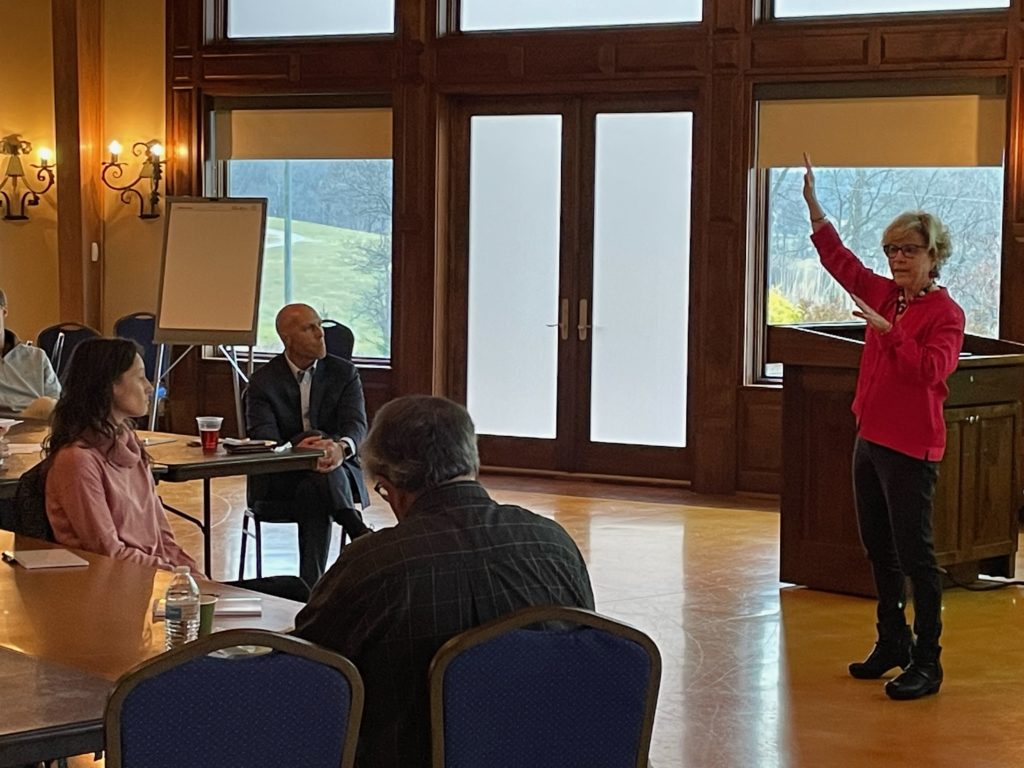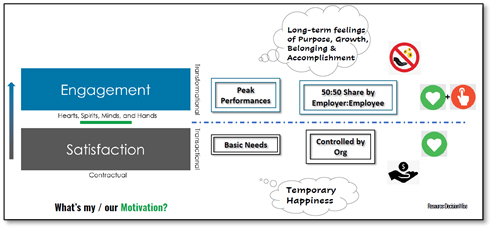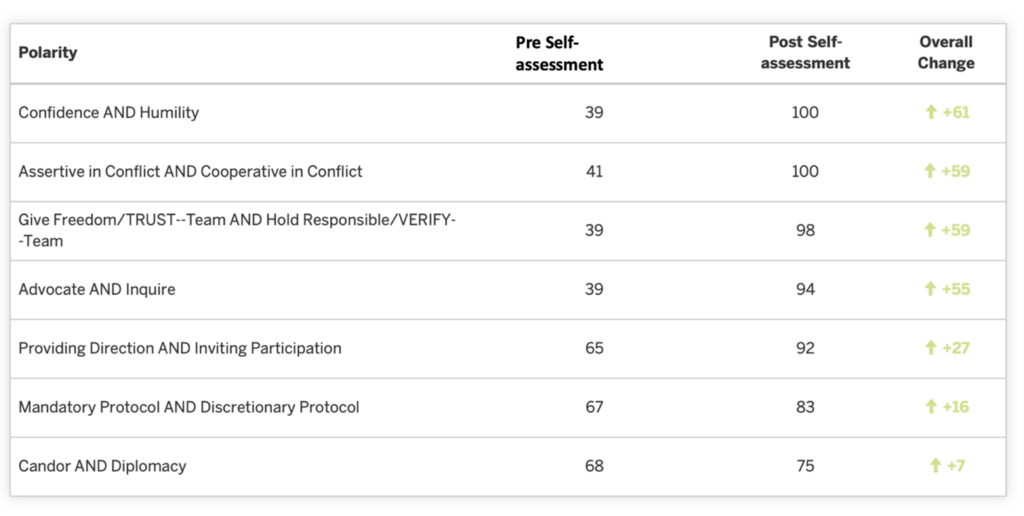Joy W. Goldman RN, MS, PCC: CEO and Founding Partner, SixSEED Partners
Background
SixSEED Partners concluded a year-long Leadership Development Series with the Executive Committee of a Heart and Vascular Institute by facilitating the morning of their full-day Strategic Planning Retreat. During this series, SixSEED introduced the blended physician and administrator team to vital tools like TheEmpowermentDynamic*, 3VitalQuestions, DiSC styles. and Polarity Thinking. We measured three polarities, or tensions, of most interest to the Executive Committee. One polarity: Centralization and De-centralization, or the competing commitments between their Cardiovascular Services and the rest of the system, was the greatest area for improvement, as well as learning for them. For their 2022 Strategic Planning, the Executive Committee shifted their focus inward to their teams and wanted SixSEED to partner with them on how to approach improving engagement within their Institute.

The Strategy:
SSP’s Petra Platzer and Joy Goldman designed an interactive session to both teach and engage the participants on what engagement means and the difference from satisfaction, for the individual and the leaders trying to make it happen (see graphic, adapted from DecisionWise). Participants also learned about various decision-making styles and practiced making Effective Requests to create shared commitments, which are key elements and techniques in fostering engagement. Activities were specifically designed to emphasize what they owned and were accountable for as leaders (one pole), as well as what “the staff” own and are accountable for (other pole). Throughout, we compassionately and constructively identified the habit of going to blame / problem-oriented thinking habits and helped to shift the participants into a broader, outcome-oriented thinking process.

The Solution:
The eighteen physicians and administrators “experienced” engagement through pair activities to practice active listening and reflection and larger group conversations to come to a shared meaning about various topics. SSP’s Petra and Joy infused sections of content throughout the activities and challenged the committee to think differently about their afternoon agenda on the staff engagement initiative. The participants identified that “one size does not fit all” and the elements that result in someone feeling and being engaged, i.e. DecisionWise’s MAGIC (Meaning, Autonomy, Growth, Impact and Connection), cannot be assumed without engaging people appropriately in the process. Through learning about and practicing elements of commitment management, the participants also experienced which saboteurs they may need to address in order to make effective requests that people could commit to, and be engaged about.
The Impact:
The participants looked at their employee satisfaction results with a new mindset and were able to shift to interventions that were less about problem-solving for the staff and more about engaging them around their “MAGIC” elements. Their language shifted from “I need to know and fix” to “We need to ask questions and engage them in dialogue so that, together, we can have the best work environment for the staff, leaders, and patients.” An administrator in the group said “Everyone really participated in this today. That’s success in my book”, while the Chair of the committee shared “as a result of the work we did in the morning (with you), we were able to stay focused on our desired outcomes and more quickly identify our 2022 Institute strategies (including the staff engagement initiative).”


